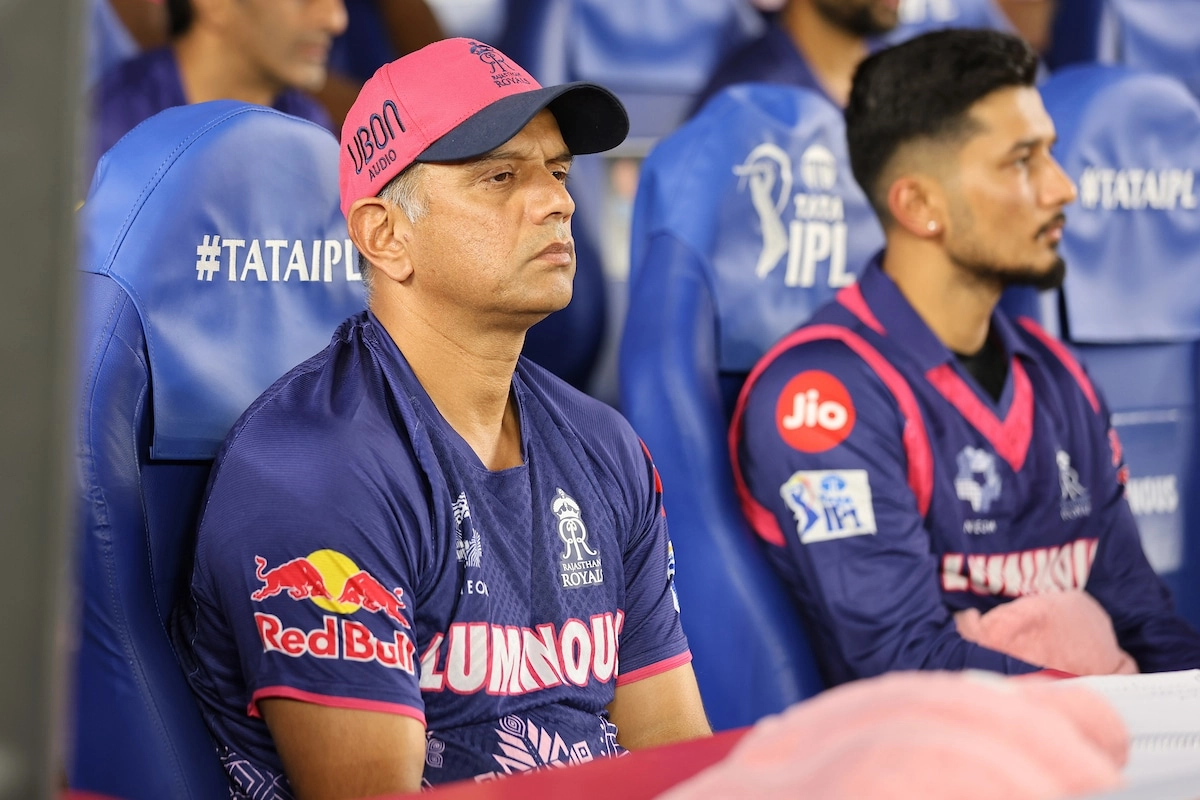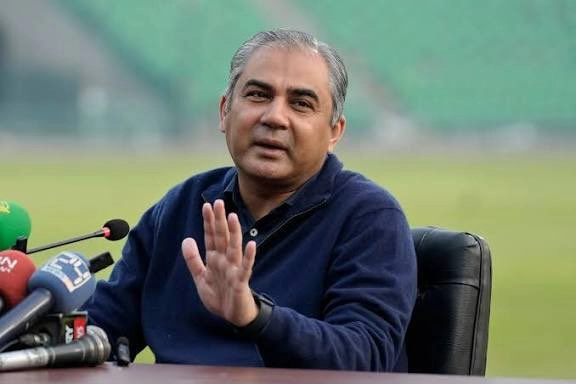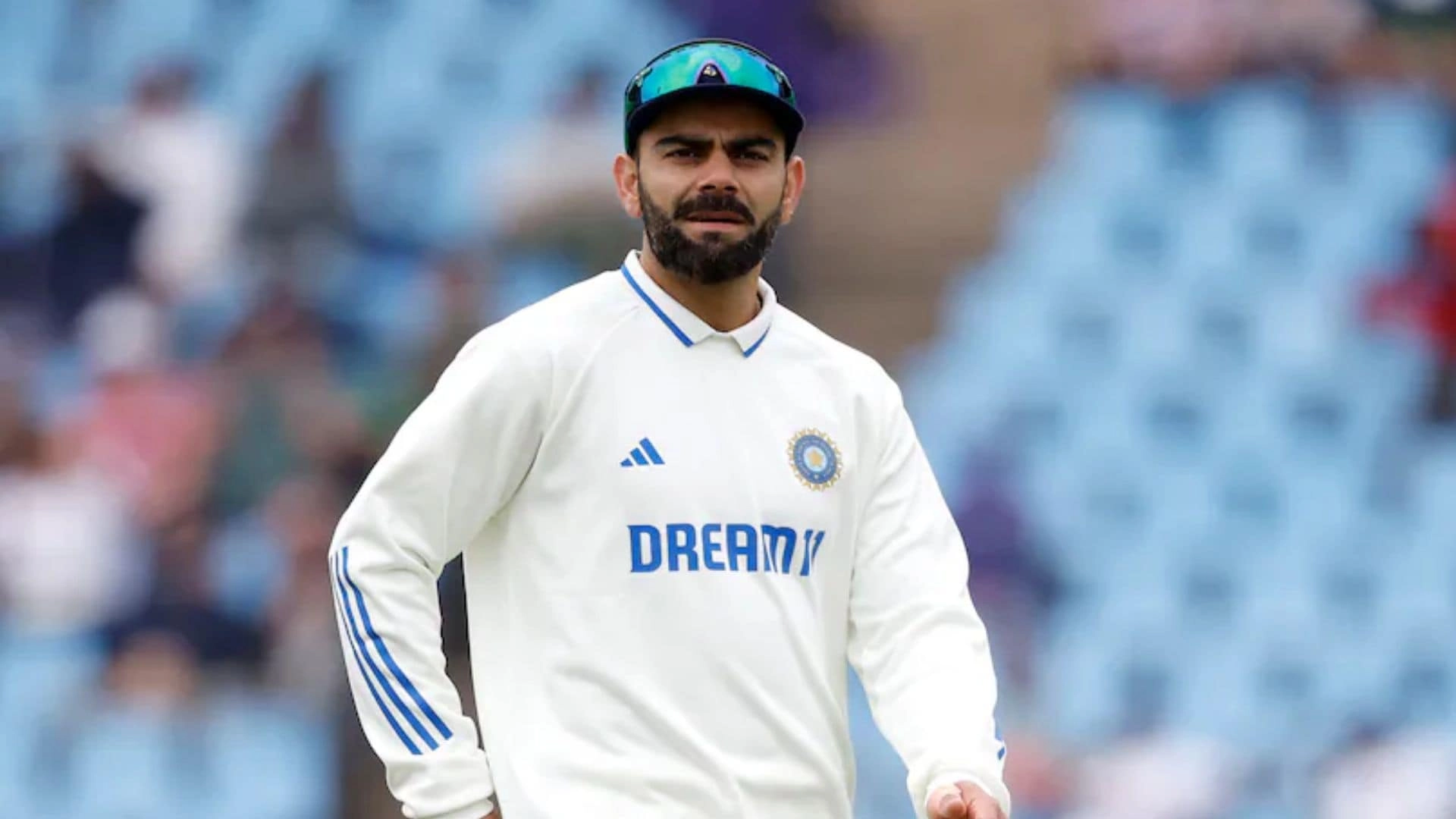The International Cricket Council (ICC) has established clear guidelines regarding the powerplay overs in shortened Twenty20 (T20) matches. This decision is significant as it aims to standardize the format and ensure that teams compete under consistent rules, regardless of the circumstances that may lead to a reduction in overs. Typically, in a full-length T20 match, the powerplay consists of the first six overs, during which only two fielders are allowed outside the 30-yard circle. This rule is designed to encourage aggressive batting and create an exciting atmosphere for spectators.
With the introduction of shortened T20s, whether due to rain interruptions or other unforeseen events, the ICC has defined a precise structure for the powerplay. In a scenario where a match is reduced, the number of overs allocated to the powerplay will be adjusted proportionately. For example, if a match is shortened to 15 overs, the powerplay will consist of the first three overs, maintaining the essence of the game while adapting to the new format. This ensures that teams still have an opportunity to capitalize on the early overs while keeping the game competitive.
Moreover, the ICC’s decision reflects a broader commitment to enhancing the T20 format, which has rapidly gained popularity worldwide. By formalizing the powerplay rules for shortened matches, the ICC aims to preserve the integrity of the game and provide clarity for players and fans alike. This initiative is also likely to influence how teams strategize during matches, as captains and coaches will need to adapt their game plans according to the number of overs available. Overall, the ICC’s guidelines regarding powerplay overs contribute to the evolving landscape of T20 cricket, promoting fair play and excitement for audiences around the globe.




